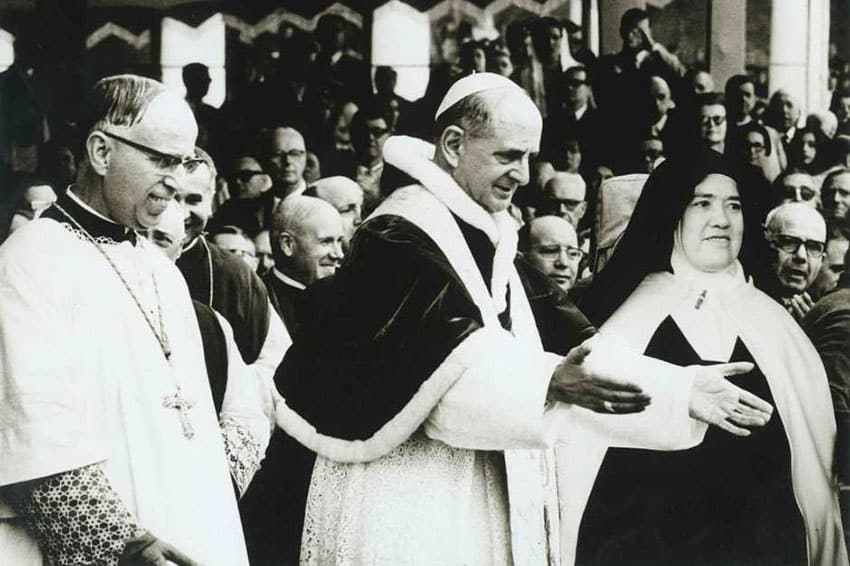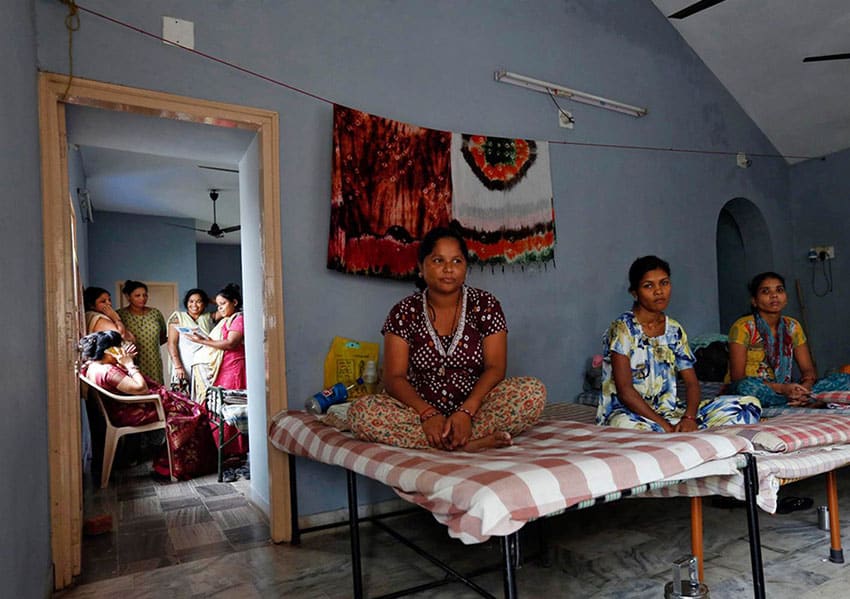Pope Paul, Prophet and Martyr
Looking back at the witness of Paul VI, we rightly call him a prophet. During the years immediately after Humanae Vitae, to many of us he seemed to be a martyr. His letter on the transmission of human life was his finest hour and he suffered for it. Yet, as the Scriptures reveal, prophets are called to suffer when they proclaim God’s truth and point to the future. What we can see today is that, not only his proclamation of truth, but his observations and predictions in the encyclical were accurate in light of social trends and events in people’s lives over the past fifty years.

Paul VI said that contraception harmed women (Humanae Vitae 17). In 1968 people laughed at him. Was not the pill the liberation of women? Fifty years later various feminists agree with him, perceiving the way women are exploited once robbed of their fertility. Men can easily exploit them as sexual objects. The health issues are also clearer today. But I believe we need to do more to get accurate information out on that issue. There is still widespread ignorance and “low dose” versions of the pill are being promoted as safe to use.
Paul VI argued that artificial birth control can be used by governments to impose population control. The Delegation of the Holy See had to lead the international struggle against population control at the UN Conferences in the 1990’s. I was a Member of the Delegation at the Population Conference in Cairo (1994), at the Social Summit in Copenhagen (1995) and the Conference on Women in Beijing (1995). Saint John Paul II was our inspiring and encouraging leader in that struggle, but we always relied on the teaching of Blessed Paul VI in Humanae Vitae.

Paul VI was also criticised for linking abortion to contraception and sterilisation. Of course moral distinctions can be made between taking life and impeding life. But recent decades have revealed how these three “ugly sisters” are inseparable components of the Culture of Death, linked closely to one another in a mysterious but evident way, particularly through an anti-life mentality. And now we have seen that mentality triumph in secularised Ireland.
His teaching that the love-giving and life-giving dimensions of the marriage act must never be separated has also been vindicated by the manipulation of nascent human life in recent decades – In Vitro Fertilisation, surrogacy, embryo experimentation and the cloning of embryos. Creating human-animal hybrids was even approved by Westminster, the “Mother of Parliaments”, which first legalised abortion in 1967.

Paul VI argued that that love, not just life, is disrupted by anti-natal practices. People who actually read his encyclical find his rich doctrine of married love. But the creative development of that personalist dimension of his teaching had to wait for another Pope.
